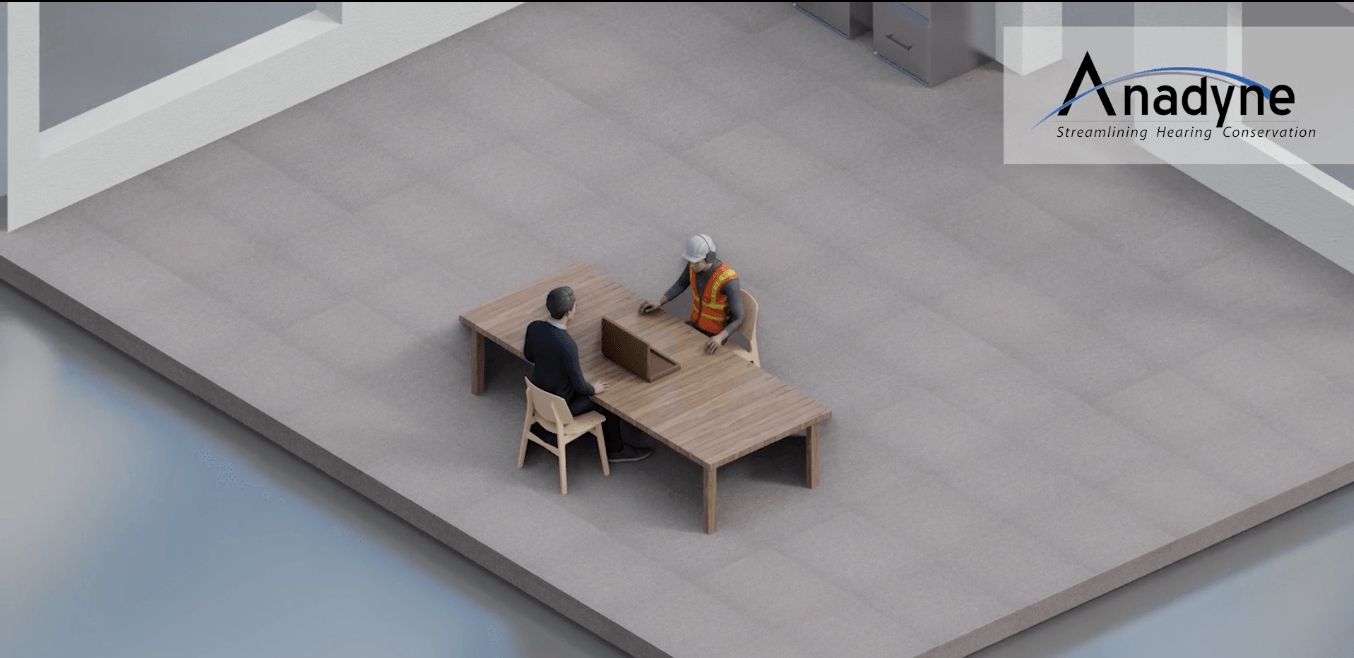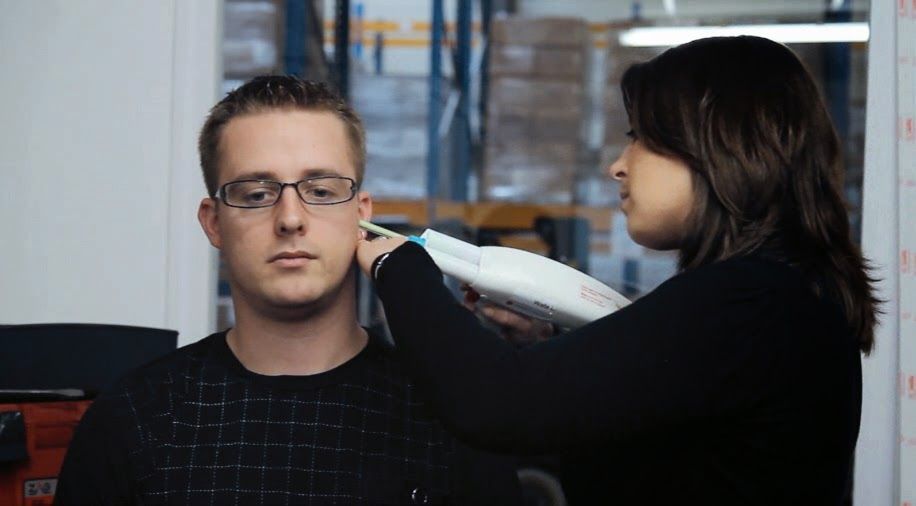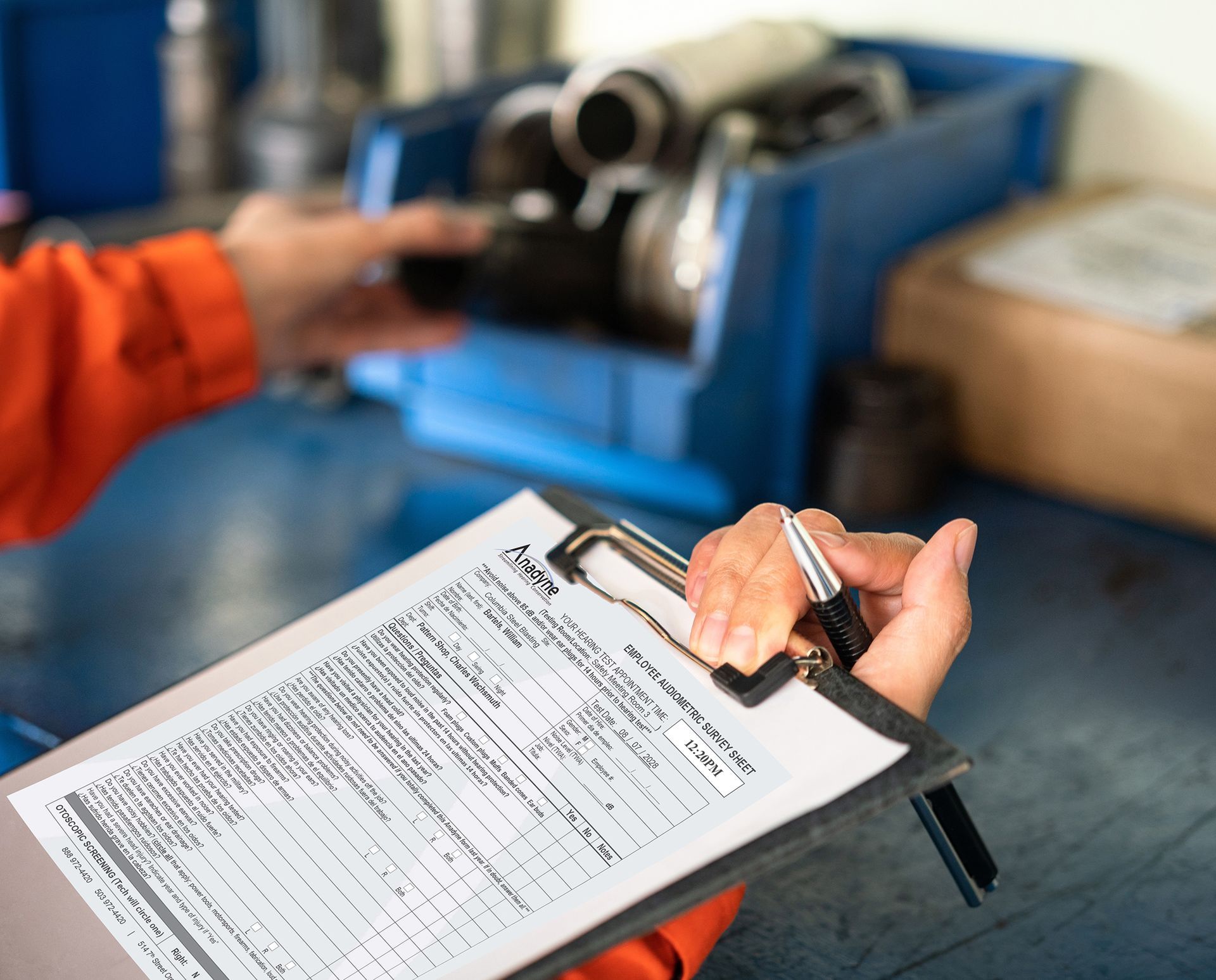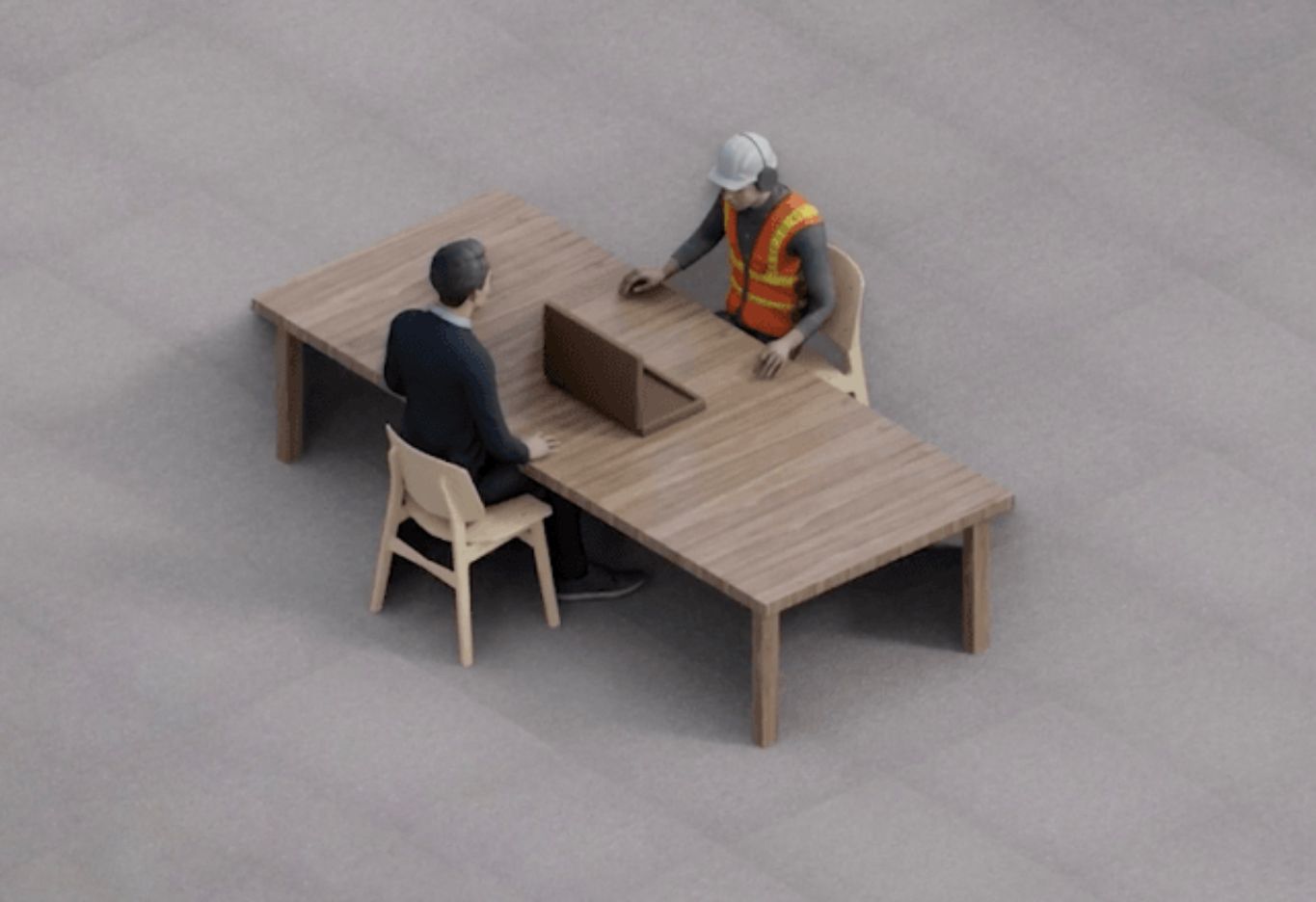Understanding Noise-Induced Hearing Loss
Noise-induced hearing loss (NIHL), along with age-related hearing loss, is one of the most common forms of hearing loss. It occurs when we are exposed to harmful noise concentrations, whether on a long or short-term basis.
It is defined as a form of sensorineural hearing loss due to damage to the ear’s internal organs. Noise-related hearing loss is permanent, as is the case for other types of sensorineural hearing loss. When we are exposed to excessive noise, there can also be short-term changes in our hearing or ringing in the ears. But repeated noise exposure without the use of ear protection can lead to more severe hearing loss.
How we hear
Sound waves reach from the outer ear and pass through the ear canal to the eardrum, where they are converted into vibrations. These vibrations find their way to the inner ear, where they are gradually transformed into electronic signals transmitted by the auditory nerve to the brain to be perceived as speech.
With noise-induced hearing loss – and sensorineural hearing impairment in general – the system starts to fail when there is damage to the cochlea or nerve pathway between the inner ear and the brain.
Who Suffers from NIHL?
Exposure to hazardous noise can happen to anyone, from young children to the elderly. A 2011-2012 Center for Disease Control study involving hearing tests and interviews found at least 10 million adults under 70 years of age in the United States and up to 40 million adults had features reported in their hearing tests that indicate hearing damage in one or both ears from exposure to excessive noise. Studies report that up to 17 percent of adolescents aged 12 to 19 have indications in their hearing tests that show NIHL in one or both ears.
What causes noise-induced hearing loss?
If you’ve ever woken up at night after a live rock show, you might have heard a high-pitched sound. Maybe you have stood next to the PA speaker just as the MC begins talking.
These are both instances in which you could be subjected to noises that are so loud that they may lead to irreversible hearing loss. When we are more aware of these slight moments of hearing discomfort, we are given the ability to take proactive measures where we can. Accumulation of a lifetime of exposure to excessive noise, whether by work or play, has a detrimental impact on one’s hearing safety.
How do I know that I have noise-induced hearing loss?
It usually starts with a high-frequency reduction in your hearing, which means you’re not going to be able to hear these sounds as well as other people. This explains why it is often difficult for those with hearing loss to understand the voices of women and children.
Harm can spread to different frequencies if noise exposure continues. Noise tends to reach a broader frequency spectrum, making it very difficult to understand conversations in noisy environments.
How to protect yourself
Through implementing these smart noise safety tips from hearing experts, you can help avoid hearing loss and make yourself happier and safer in all aspects of your life.
- Avoid noise – shielding the ears and minimizing high levels can help to reduce the noise.
- Wear noise-canceling headphones – instead of changing your favorite songs to unsafe levels while adjusting or operating, wear noise-canceling earplugs. It decreases overall noise emissions without adding undue damage to your ears.
- Using noise control such as earplugs when appropriate – whether you have or are at risk of hearing loss – you can use noise reduction devices such as earplugs at work, on the street, and in every other noisy area.
- Have your hearing checked regularly -As with all types of hearing loss, noise-induced hearing loss happens slowly and may not be immediately noticeable to you. The easiest way to stay on top of your hearing safety is to check your hearing every year.
If you’re encountering a lot of noise at work, consider holding a conversation with the human resources team. They may be required to provide you with noise management services. In the meantime, if you’re looking for the best quality noise protection systems, please don’t hesitate to contact us.
The post Understanding Noise-Induced Hearing Loss appeared first on Anadyne.










